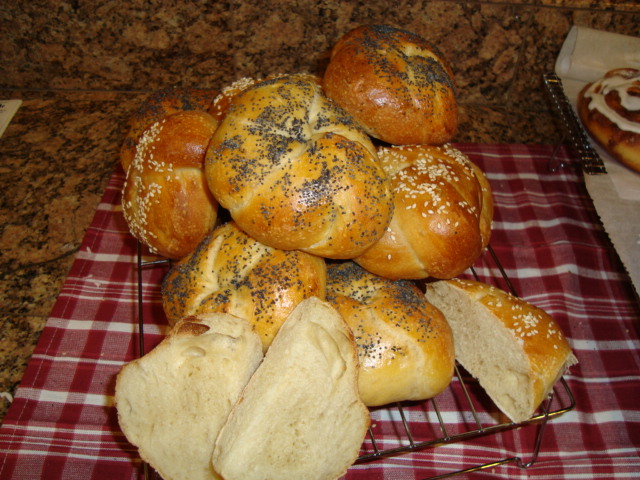Fresh crab and lobster right from the mediterranean sea on TFL!!
One of my friends made those , I liked it so much , and wanted to share with you these pics, her name is Roza , she is really a wonderful woman.Here you are the pics!!!!



- Log in or register to post comments
- 11 comments
- View post
- chahira daoud's Blog



